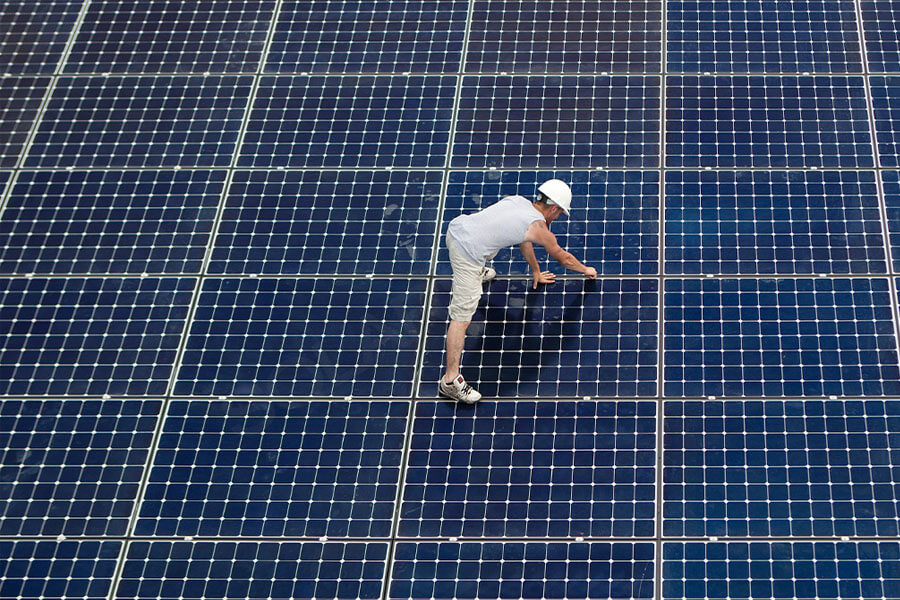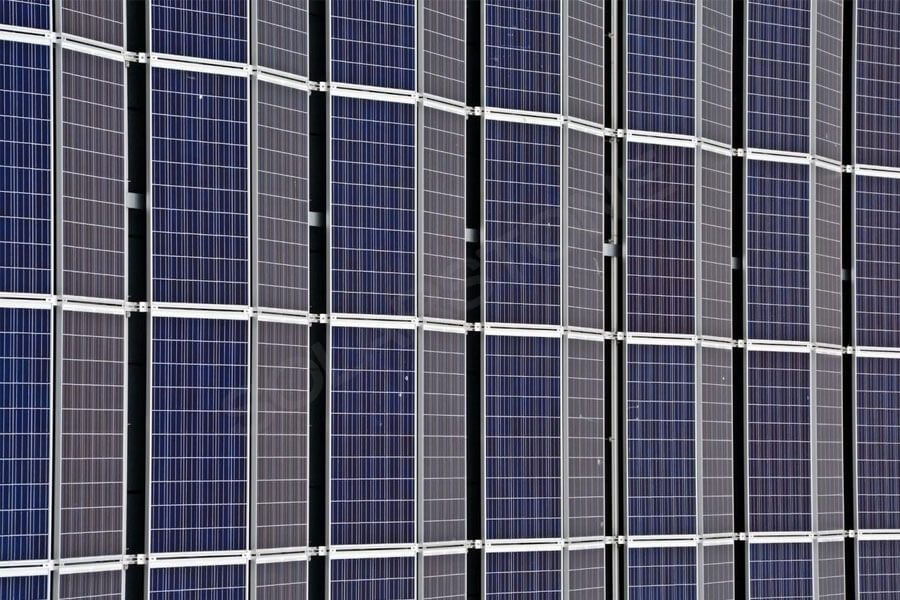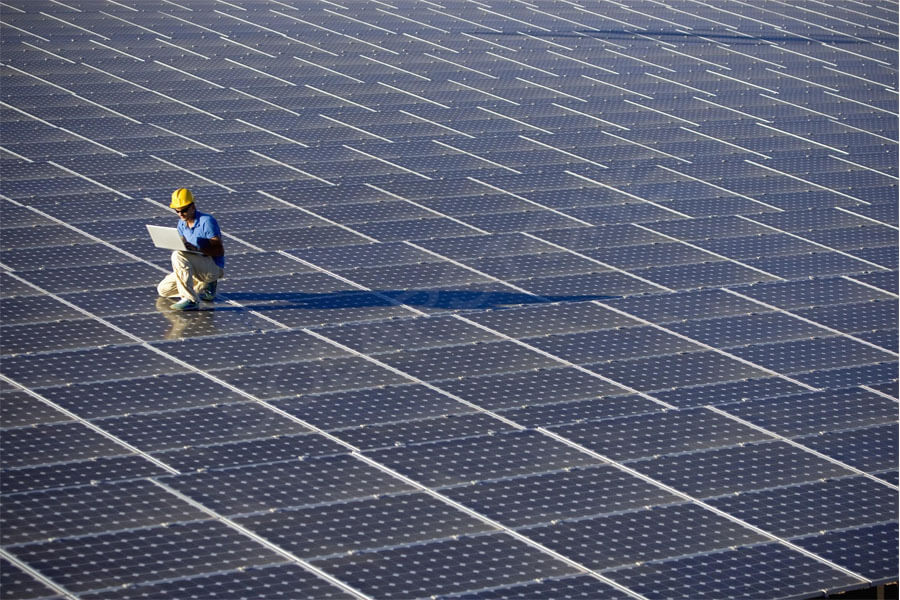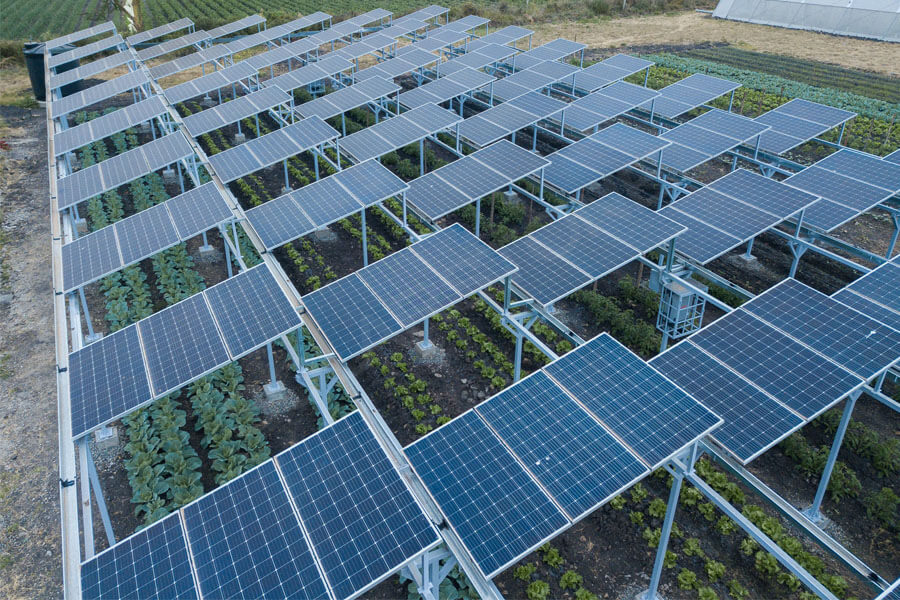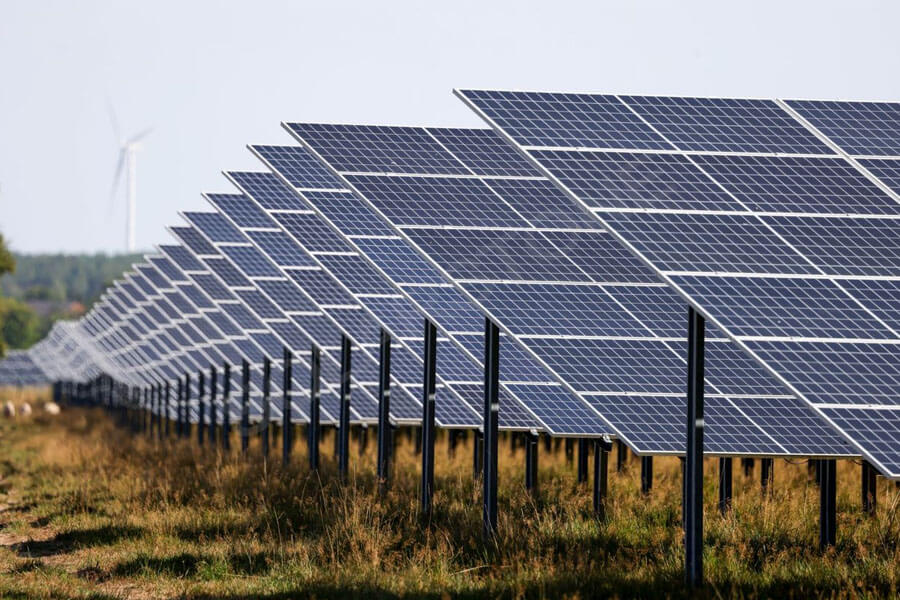The solar module is the core part of the solar power generation system, and also the most valuable part of the solar power generation system. It can convert the radiant energy of the sun into electric energy, or send it to the storage battery for storage, or drive the load to work.
In addition, as the light control element of the system, the solar cell can detect the outdoor brightness according to the voltage at both ends of the solar cell, that is, judge the darkness and brightness according to the voltage of the solar cell.
At present, solar cells are mainly silicon crystal cells, and in the future, thin film solar cells will also be included. A standard module of crystalline silicon cells includes 36 single cells, and a solar module can generate a voltage of about 17V. When the application system needs higher voltage and current components, multiple components can be formed into a solar cell array to obtain the required voltage and current.
Calculation method of solar module output
The output of the solar module refers to the situation under the standard state, but in actual use, the environmental conditions such as sunshine cannot be exactly the same as the standard state. Then, how to use the rated output of solar modules and meteorological data to estimate the daily output of solar modules under actual conditions? The output of solar modules is usually estimated using the method of peak hours.
The solar radiation on the actual inclined plane can be converted into equivalent standard solar radiation. 1 kW/m2 (1000W/m2) is used to calibrate the standard radiation of solar module tools. If the average radiation of a certain place is 6 kilowatt hours per square meter (6.0 kW. h/m2), it is equivalent to that the solar module being irradiated for 6 hours (6 hours) under standard radiation.
For example, the monthly average daily radiation on a slope with a slope angle of 40 ° in a certain area is 6 kWh/m2 (6.0 kW. h/m2), which can be written as 6.0 h × 1000W/㎡. For a solar module, Imp (optimal operating current) is 5A, so the ampere hours of power generation per day is 6 × 5A=30A. h/day.
The above is the peak hour calculation method. There is a certain deviation in this method for the following reasons:
1. The temperature effect of solar module output is ignored in this method. The temperature effect has a greater impact on the output of solar modules connected in series by fewer cells than that of solar modules connected in series by more cells.
It is more accurate for 36 solar modules in series, but it is worse for 33 solar modules in series, especially under high temperature environment. For all solar modules, the prediction will be more accurate in cold weather.
2. In the peak hour calculation method, the total solar radiation measured in the meteorological data is used. In fact, in the morning and evening of each day, there is a period of time when the radiation is very low and the voltage produced by the solar module is too small to supply the load or charge the battery. This leads to overestimation. However, in general, the above errors do not affect normal use.
The above is only the basic capacity estimation method. In practice, there are many performance parameters that will have a great impact on the capacity (capacity design). When designing the photovoltaic system, professional software can be used to assist the design. If used properly, it can greatly reduce the amount of calculation, save time, and improve efficiency and accuracy.


